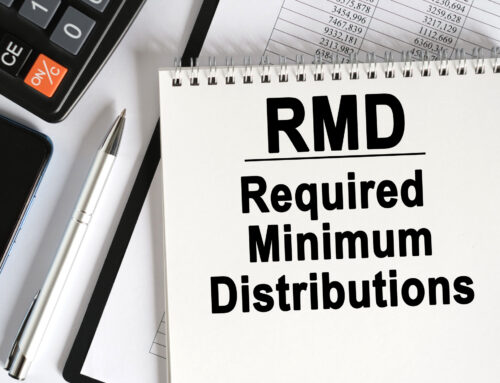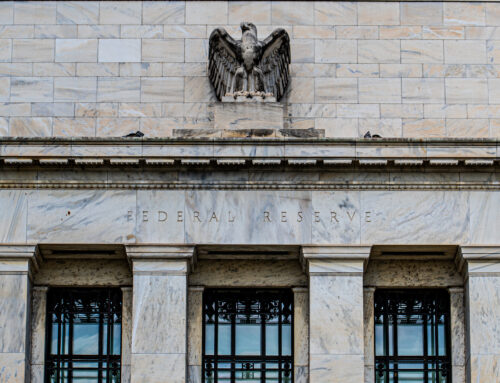The pandemic has been hard on Americans nearing and in retirement, but there are likely other obstacles coming. Increased government spending on COVID relief plus strain on our healthcare system could mean we’ll see higher taxes, inflation, and healthcare costs in the future. It’s crucial to have a comprehensive retirement plan for the future because the pandemic won’t be the last retirement challenge you’ll face.
Current and Future Taxes
The recent change in leadership in Washington and a growing national debt could potentially mean higher taxes in the future. There is currently support for taxing long term capital gains at income tax rates instead of the current favorable rates of 0%, 15%, and 20%[1], as well as imposing the Social Security payroll tax on earnings of $400,000 and above.[2] If you have a substantial amount saved in a tax-deferred 401(k), IRA, or other retirement account, consider that you don’t know what tax rate you’ll be paying on your withdrawals a few years from now. And, starting at age 72, IRAs, 401(k)s, 403(b), 457, and Thrift Savings plans are subject to Required Minimum Distributions (RMDs). The purpose is to draw down your account and tax the funds that have been growing tax-deferred for many years. There are strategies available, including a Roth IRA conversion, in which you pay tax on contributions instead of distributions. Roth IRAs are also not subject to RMDs and can be used in addition to a traditional IRA or 401(k) to help minimize taxes.
Potential Inflation
The Fed also said that there is potential for ‘transient’ inflation in the coming months and that they would allow inflation to rise above 2% for some time.[3] While many economists don’t think we’ll return to the double-digital inflation rates of the ’70s, even slightly above average inflation can eat away at retirement savings over time. For example, after 20 years with a 2% inflation rate (the Fed’s “target” interest rate), $1,000,000 would only have the buying power of $672,971.[4] The Federal Reserve has said that they will allow inflation to rise above 2% in the near future. Retirees may need to focus on combating the eroding effects of inflation, which could be substantial over the course of decades.
Healthcare Costs
An average 65-year-old couple retiring today will need an estimated $295,000 to cover their healthcare costs,[5] but between rising healthcare costs and the fact that an estimated 70% of today’s 65-year-olds will need long-term care at some point[6], overall costs could be much higher. The pandemic’s impact on healthcare spending growth is uncertain but will likely accelerate market consolidation due to private practices’ loss in revenue this year. And, market consolidation tends to lead to higher prices paid by private payers.[7] For today’s retiree, the important point to note is that there could be changes to our healthcare system in the next 20 years, and a truly comprehensive financial plan takes healthcare and long-term care costs into account.
There are ways an advisor can help you this tax season and beyond. Filing season is an opportune time to do an overall financial check-in and speak to us about your retirement concerns. An advisor can look at how these retirement challenges could affect you and help you develop a plan that is tailored to meet your unique needs. Our complimentary financial review is the first step to creating a comprehensive retirement plan and a strong relationship with an advisor that could last your lifetime – get in touch to sign up.
[1] https://taxfoundation.org/joe-biden-tax-plan-2020/
[2] https://www.cnbc.com/2021/01/23/president-biden-could-make-big-social-security-changes-this-year.html
[3] https://fortune.com/2020/12/07/investors-inflation-2021-labor-market-mirage/
[4] https://www.buyupside.com/calculators/inflationjan08.htm
[5] https://www.fidelity.com/viewpoints/personal-finance/plan-for-rising-health-care-costs
[6] https://acl.gov/ltc/the-basics/how-much-care-will-you-need.html
[7] https://www.healthaffairs.org/do/10.1377/hblog20200728.592180/full/







